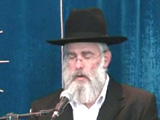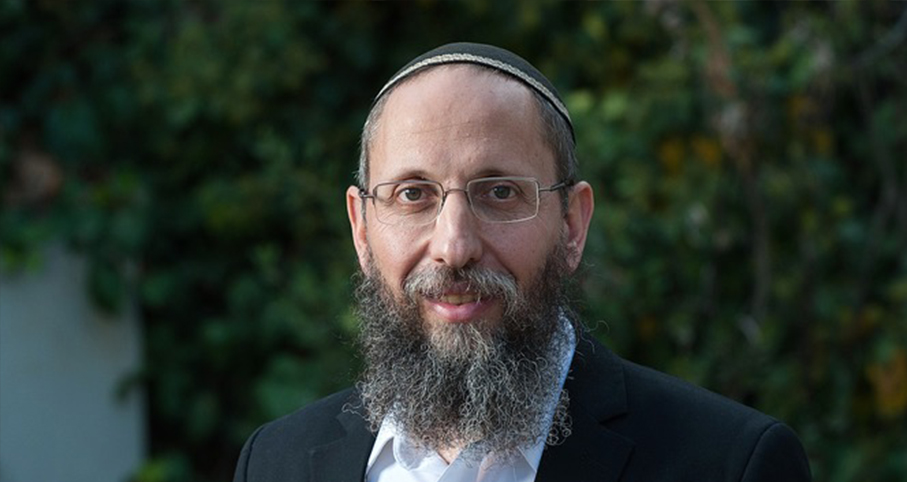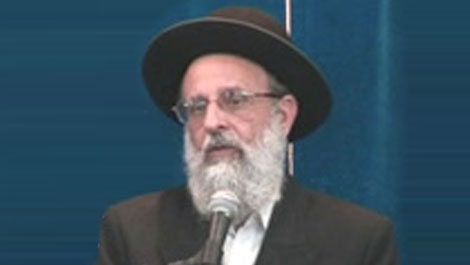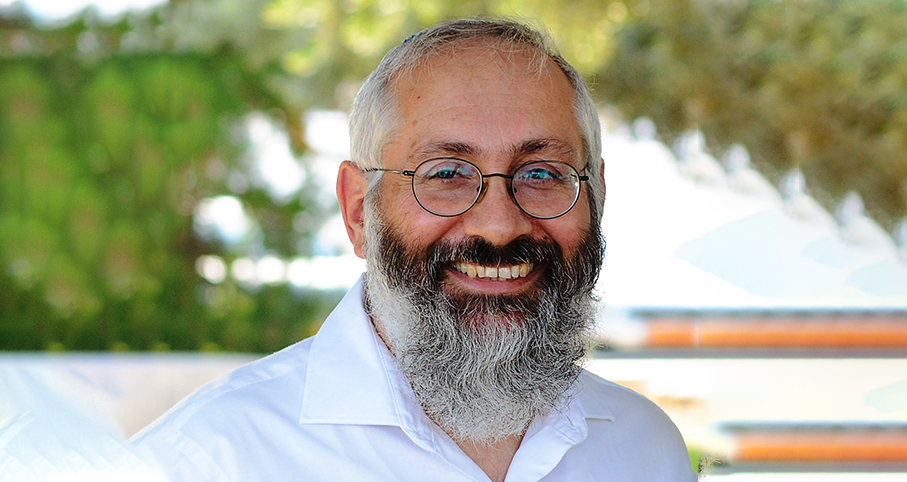Beit Midrash
- Torah Portion and Tanach
- Shmot
- Tetzave
The centerpiece of the eight items worn by the Kohen Gadol was the Choshen. Attached to the Ephod vest, this breastplate contained 4 rows of three precious gems each, representing the 12 Tribes, whose names were engraved into the stones. (There were several other words as well, in order to complete all the letters of the Alef-Bet). The letters would light up at certain times, indicating G-d’s approval.
The pasuk (28:29) says: "Ahron carried the names of Bnei Yisrael in the ‘Choshen of Judgment’ when entering the holy place, as an eternal remembrance before Hashem." Two questions shout out: Why was this called a Choshen of "judgment?" And what, exactly, was
Hashem meant to "remember" when he saw it?
The classic answer to these questions is that the names of the Tribes evoked Hashem’s love for His nation, just as a parent feels proud and loving when thinking of his own children. And so when G-d had to render judgment, He tended to be more lenient, merciful and forgiving, as He recalled that "father-son" connection and all the great things His children did during their lives.
We, alas, no longer have the Choshen to stir Hashem’s attribute of Rachamaim upon us. But the clothes we DO wear - be they religious items, like the Talit, kipa or Tefilin; or our everyday, modestly appropriate garb - can still serve to send a strong message above to the Almighty. IF we have the right thoughts in mind:
- Let our clothes represent the compassion and courage of Avraham and Sara, who cared for everyone around them, who loved their neighbors and brought them closer to the One G-d; who bravely left their homes to forge a new life in Israel; who held onto their faith until at last they had a child and heir.
- Let our clothes represent the Mesirat Nefesh both of Yitzchak, who was ready to give his life for Hashem; and Rivka, who sacrificed the love of one son in order to guide the other to his rightful place of leadership.
- Let our clothes represent the perseverance of Yakov, who faced every imagineable challenge of life and battled on; and the modesty of Rachel Imenu - she asked for so little but gave so much.
If we are "clothes-minded," and we literally wear our virtues upon us, we will surely continue to bring Hashem’s blessing down upon us.

Leadership Means Making Space
Rabbi Jonathan Sacks | 4 Adar I 5784

Is Wearing a Kipa Halachically Required?
Rabbi Stewart Weiss | Adar I 8 5782

The Mystery of the Missing Moshe
Rabbi Stewart Weiss | Adar I 8 5782






















